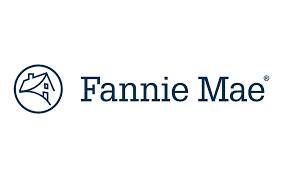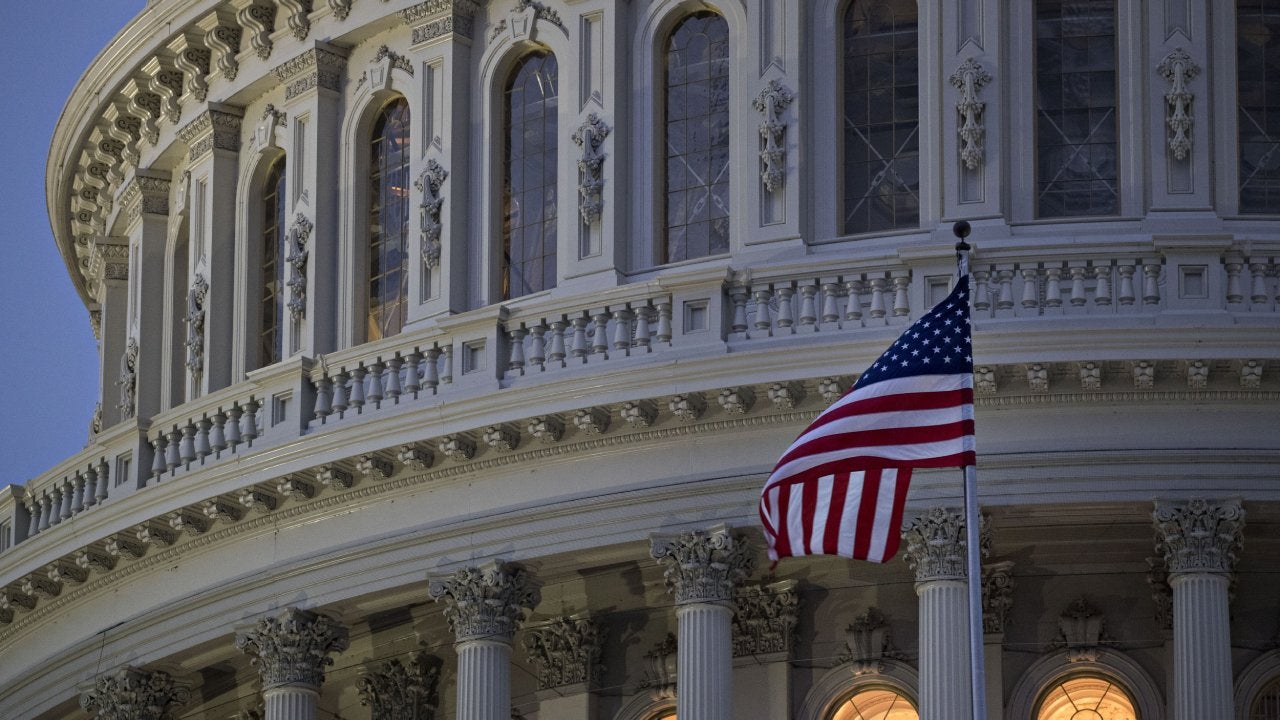Fannie Mae vs. Freddie Mac: What’s the difference?

Key takeaways
- Fannie Mae and Freddie Mac are government-sponsored enterprises that aim to provide the mortgage market with stability and affordability.
- They are major players in the secondary mortgage market, buying loans from lenders and either keeping them or repackaging them as mortgage-backed securities.
- President Trump aims to remove both Fannie and Freddie from government conservatorship, where they have been since 2008, but that process won’t happen overnight.
As you explore your mortgage options, you’re likely to come across two names: Fannie Mae and Freddie Mac. Although you won’t get a home loan directly through these government-sponsored enterprises (GSEs) — private entities operating under a Congressional charter — they nonetheless impact your ability to get a mortgage and its terms. Let’s take a closer look at these key players in the mortgage industry and what distinguishes them.
What are Fannie Mae and Freddie Mac?
Fannie Mae and Freddie Mac are government-sponsored enterprises. Congress created both with the goal of adding stability and affordability to the country’s mortgage market. They do this by:
- Ensuring liquidity in the lending world: Both agencies are major players in the secondary mortgage market, buying loans from mortgage lenders so that lenders have the capital to originate new loans. Fannie and Freddie support about 70 percent of the mortgage market, according to the National Association of Realtors.
- Repackaging mortgages into investment products: Many of the loans that Fannie Mae and Freddie Mac purchase are bundled together into mortgage-backed securities that can be sold to investors.
- Setting criteria for loans: Fannie Mae and Freddie Mac purchase only loans that they think are highly likely to be repaid, based on adhering to their borrower criteria and the Federal Housing Finance Agency’s conforming loan limits. Because lenders intend to sell most mortgages to these entities, Fannie and Freddie’s standards are extremely influential in the broader market. These include requiring borrowers to have a credit score of at least 620 and a down payment of at least 3 percent for a purchase loan or 5 percent equity for a refinance loan, as well as a debt-to-income (DTI) ratio of no more than 36 percent in most cases.
Fannie Mae and Freddie Mac history
The government created Fannie Mae, or the Federal National Mortgage Association, in 1938 to ensure a more reliable source of funding for banks, allowing more Americans to become homeowners. It further created Freddie Mac, short for the Federal Home Loan Mortgage Corporation, in 1970. Similar to Fannie Mae, Freddie Mac was intended to provide reliable, affordable mortgage funds nationwide — but also to compete with Fannie Mae.
Both Fannie Mae and Freddie Mac played a role in the financial crisis by backing subprime mortgages, and when the housing bubble burst, they faced large losses and required government bailouts. In 2008, both were placed under the conservatorship of the Federal Housing Finance Agency (FHFA) in order to prevent insolvency. Although they remain separate entities with their own shareholders and leadership, the FHFA has broad authority over their operations, and the president appoints five of the 18 board members for each.
During the COVID-19 pandemic, the two GSEs provided mortgage relief, including forbearance, loan modifications, and a foreclosure and eviction moratorium.
President Trump has discussed removing Fannie Mae and Freddie Mac from conservatorship. Government control was never intended to be permanent, but an exit won’t be easy. Shaun Michael Lewis, CEO of Clearwater Properties, believes that it would take between three and five years.
“This kind of restructuring is not something that can or should be rushed,” Lewis says. “The infrastructure changes that will be needed in order to transition these entities back into the private sector while maintaining stability in the markets are quite extensive. For something of such importance to the market, it really isn’t possible to just flip a switch to make this change overnight.”
Differences between Fannie Mae and Freddie Mac
While they may seem incredibly similar, Fannie Mae and Freddie Mac have some key differences. Here’s a closer look at what differentiates Freddie Mac from Fannie Mae.
| Fannie Mae | Freddie Mac | |
|---|---|---|
|
Intended purpose |
Established to create a more reliable source of funding for banks and mortgage companies. This results in more widely accessible and affordable mortgages. |
Created to expand the secondary mortgage market, purchasing loans that meet its standards from lenders. This enables lenders to make more loans available. |
|
Loan sourcing |
Tends to purchase loans from larger commercial banks and mortgage lenders |
Often buys loans from smaller banks |
|
Lending requirements |
Low-down-payment programs require a minimum credit score of 620 and a minimum down payment of 3 percent to 5 percent. |
Low-down-payment programs require a minimum credit score of 660-680 and a minimum down payment of 3 percent to 5 percent. |
|
Key loan program |
HomeReady |
Home Possible |
Similarities between Fannie Mae and Freddie Mac
Now that we’ve covered their differences, let’s touch on how Fannie Mae and Freddie Mac are similar.
| Similarities | Description | |
|---|---|---|
|
Creation and structure |
Created by Congress in 1938 (Fannie Mae) and 1970 (Freddie Mac) to address issues in the housing market. They exist today under the conservatorship of the government. |
|
|
Loan purchasing and repackaging |
Buy loans from lenders and turn them into mortgage-backed securities. This creates stability in the mortgage market, reducing risk for lenders and helping lower interest rates for borrowers. |
|
|
Increase loan availability |
Buy loans from lenders, which increases the amount of money lenders can loan out |
|
|
Standardize loans |
Buy only loans that meet FHFA standards, including loan limits and borrower financial requirements. Lenders follow these requirements to ensure their loans can be sold. |
|
What changes to Fannie and Freddie mean for you
You might not be able to get a mortgage from Fannie Mae or Freddie Mac, but their actions and standards directly influence lenders’ ability to loan money and at what terms.
There’s plenty of speculation that removing Fannie and Freddie from conservatorship could drive up mortgage rates, but Lewis is most concerned that the move could create hurdles for the borrowers who need the most help.
“One must reflect on the reason these entities were created in the first place, which was to ensure that mortgage funds were available to underserved communities and moderate-income borrowers,” he says. “A private enterprise will naturally focus on profitable lending opportunities, and my worry is that the original intent will be diluted or lost entirely, affecting first-time homebuyers and those purchasing in rural markets.”
If you already have a mortgage and you’re curious about whether it’s backed by Fannie Mae or Freddie Mac, you can verify with one of these tools:
FAQ
Why we ask for feedback Your feedback helps us improve our content and services. It takes less than a minute to complete.
Your responses are anonymous and will only be used for improving our website.











